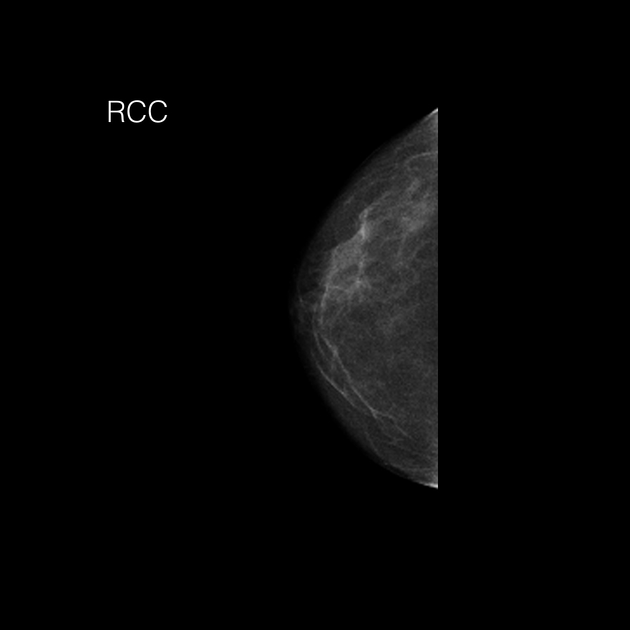breast screening programmes
Breast screening programs are programs where mammography or other screening methods are carried out in populations of asymptomatic women for the improved detection of breast cancer.
Such programs vary widely from country to country. The WHO recommends implementing different programs based on the level of health resources in a setting based on evidence about risks, costs and benefits. In some population groups, such as women between 70-75 in limited-resource settings with weak health systems, there is limited and low-quality evidence from which to calculate the efficacy of programs. The EU has harmonized guidelines available online but not harmonized implementation among its member nations.
Each country has its own screening programs which may differ by states within a country. Some examples are listed as below (accurate as of October 2019).
- Australia: primarily targeted at women between 50-74 every two years while women over 40 years are also eligible to free of charge (www.cancerscreening.gov.au)
- Western Australia: www.breastscreen.health.wa.gov.au/home
- Victoria: www.breastscreen.org.au
- New South Wales: www.bsnsw.org.au
- Tasmania: BreastScreen Tasmania
- Brazil: offered to women between 50-69 years of age every two years free of charge (www.inca.gov.br)
- Canada
- British Columbia: offered to women between 40-79 every two years free of charge (http://www.bccancer.bc.ca/screening/breast)
- Ireland: offered to women between 50-64 years of age every 2 years free of charge (www.breastcheck.ie)
- New Zealand: offered to women between 45-69 every 2 years free of charge (https://www.timetoscreen.nz/breast-screening/)
- United Kingdom: offered to women between 50-70 every 3 years with screening for women 47-73 in some areas as part of research planned to run until 2026 (http://www.cancerscreening.nhs.uk/breastscreen/index.html)
- the United States of America has no centrally organized breast screening program although the CDC administers a National Breast and Cervical Cancer Early Detection Program which attempts to provide screening to low-income uninsured populations but does not reach all of this population
Siehe auch:

 Assoziationen und Differentialdiagnosen zu breast screening programmes:
Assoziationen und Differentialdiagnosen zu breast screening programmes:

